Building a custom AI image recognition model isn’t just about coding—it’s a combination of thoughtful planning, quality data, expert skills, and the right tech setup. Whether it’s for healthcare, facial recognition, or automating inspections in factories, businesses are using AI to extract real value from images.
However, one of the biggest concerns before starting is understanding the AI App Development Cost, especially when budgeting for long-term scalability and ROI. This guide walks you through everything that affects the price and gives you realistic estimates based on different project sizes and goals.
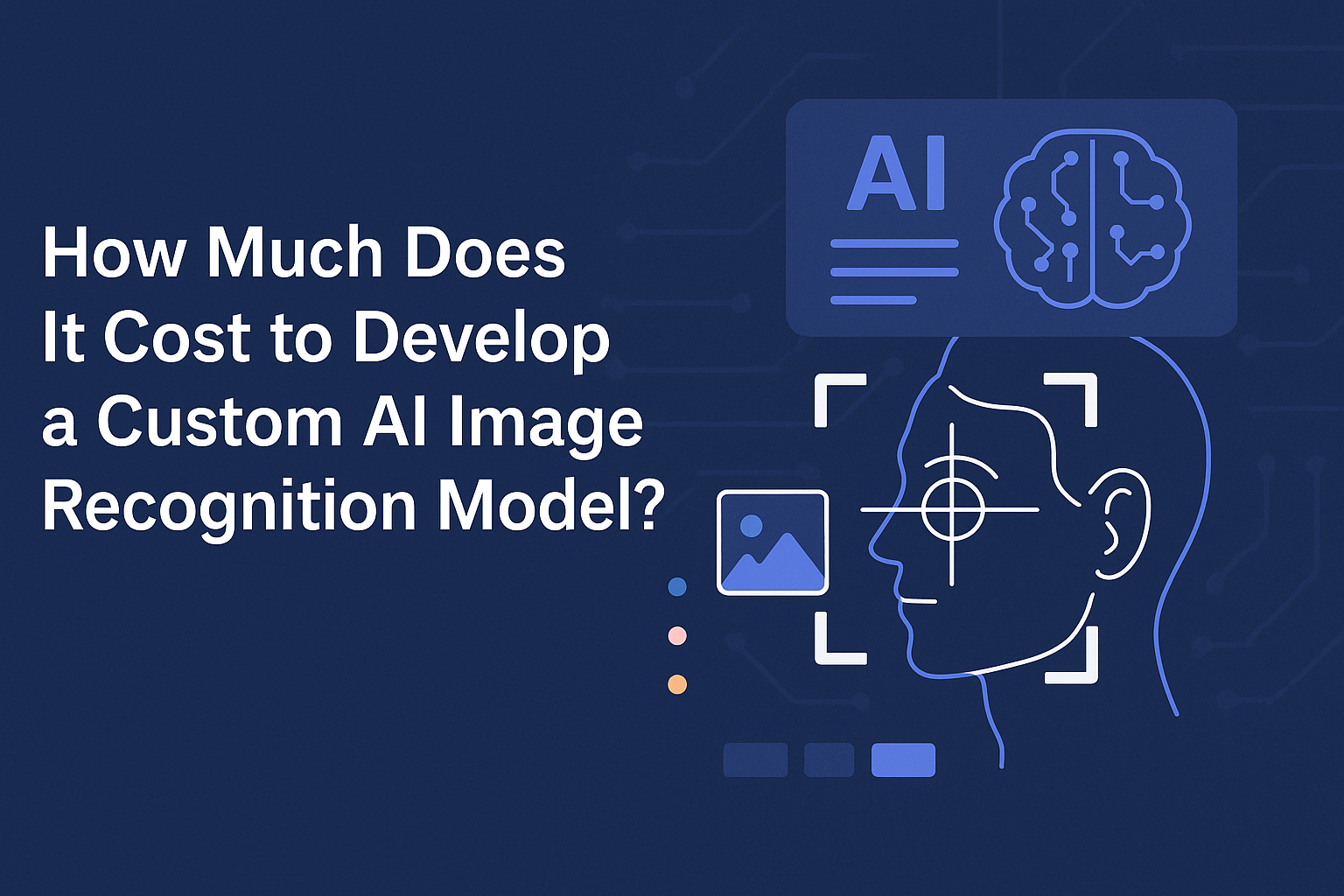
Key Factors That Influence the Cost of Image Recognition Model
1. Complexity of the Use Case
The type of problem you’re solving plays a big role in how much your AI solution will cost.
Object Detection involves finding and locating multiple items in an image—commonly used in retail, agriculture, and logistics. It’s moderately complex.
Facial Recognition is more challenging. It needs to accurately recognize faces in varying lighting, angles, or expressions. That requires heavier computation and better models.
Medical Imaging, like detecting tumors in X-rays or CT scans, is on the higher end. Accuracy must be near perfect, and data is harder to come by. It’s also subject to strict regulations, making it the most expensive use case.
2. Dataset Size and Quality
Labeled Data Is Essential: Training an AI model requires thousands sometimes millions of labeled images. The more complex the labels, the higher the cost, ranging from $0.05 to $5 per image.
Need More Data? If you don’t have enough images, you’ll need to purchase datasets, collect your own (like drone footage), or use synthetic data. All of this adds cost.
3. Model Type and Architecture
Pre-trained Models: You can save time and money by using existing models like ResNet or YOLO through transfer learning—especially if you don’t have massive data.
Custom Models: If your project needs high accuracy or is highly specific, you might need to build models from scratch using CNNs or Transformers. This takes more time, resources, and money.
4. Infrastructure and Tools
Cloud Costs: Running AI workloads on platforms like AWS, Azure, or Google Cloud can cost anywhere from $200 to $5,000 per month, depending on how heavy the workload is.
GPUs: Training deep learning models requires high-performance GPUs like NVIDIA A100s. These are expensive to buy or rent.
MLOps Tools: Platforms like SageMaker, MLflow, or Kubeflow help with training, versioning, and deployment—but they can come with additional setup and licensing costs.
Typical Cost Breakdown
Data Collection and Annotation
Manual image labeling: $0.05 to $5 per image
Outsourcing annotation services: $1,000 to $15,000, depending on dataset size
Tool setup (Label Studio, CVAT, etc.): $500 to $5,000
Model Development and Training
Developer/ML engineer salaries or contractor fees
Tools and libraries (like PyTorch, TensorFlow) setup
GPU-based training: $1,000 to $10,000
Testing and Validation
Creating and running tests to check model performance (accuracy, precision, recall)
Cost range: $2,000 to $5,000
Deployment and Maintenance
Setting up infrastructure with Docker, Kubernetes: $1,000 to $5,000
Integrating AI with your existing systems
Server and monitoring tool costs
Post-Deployment Updates
Retraining with new data
Fixes and performance improvements
Monitoring the model for changes in data trends (concept drift)
Cost Estimates by Project Size
Small-Scale Project (Basic)
Around 5,000 labeled images
Transfer learning (using pre-trained models)
Simple object recognition task
Basic deployment and minimal integration
Estimated cost: $5,000 – $15,000
Medium-Sized Project (Moderate Complexity)
20,000 to 50,000 images
Combination of pre-trained and custom layers
Multi-object detection
Standard deployment and cloud monitoring
Estimated cost: $20,000 – $50,000
Large-Scale Project (Enterprise)
100,000+ labeled images
Fully custom AI model
Integrated dashboards, API, compliance workflows
Continuous training and full MLOps stack
Estimated cost: $75,000 and above
How to Save Money Without Compromising on Quality
Use Transfer Learning: Pre-trained models can cut development time by up to 60%, which saves both time and money.
Leverage Free Datasets: Public datasets like COCO, ImageNet, and OpenImages are free and high-quality—perfect for jump-starting your model.
Go Open Source: Tools like PyTorch, TensorFlow, and CVAT are powerful and free. No licensing fees.
Apply for Cloud Credits: AWS, Azure, and Google Cloud often offer free credits to startups—these can significantly reduce early infrastructure costs.
Conclusion
The price of building an AI image recognition model depends heavily on your project’s size, complexity, and the quality of your data. Smaller models can be relatively affordable, while high-end enterprise systems require major investment.
The good news? Smart planning and tools like pre-trained models, open-source software, and cloud credits can help you build something powerful, without overspending. When done right, the long-term value and ROI of using AI for image recognition can far outweigh the upfront costs.
Conclusion
The price of building an AI image recognition model depends heavily on your project’s size, complexity, and the quality of your data. Smaller models can be relatively affordable, while high-end enterprise systems require major investment.
The good news? Smart planning and tools like pre-trained models, open-source software, and cloud credits can help you build something powerful, without overspending. When done right, the long-term value and ROI of using AI for image recognition can far outweigh the upfront costs.

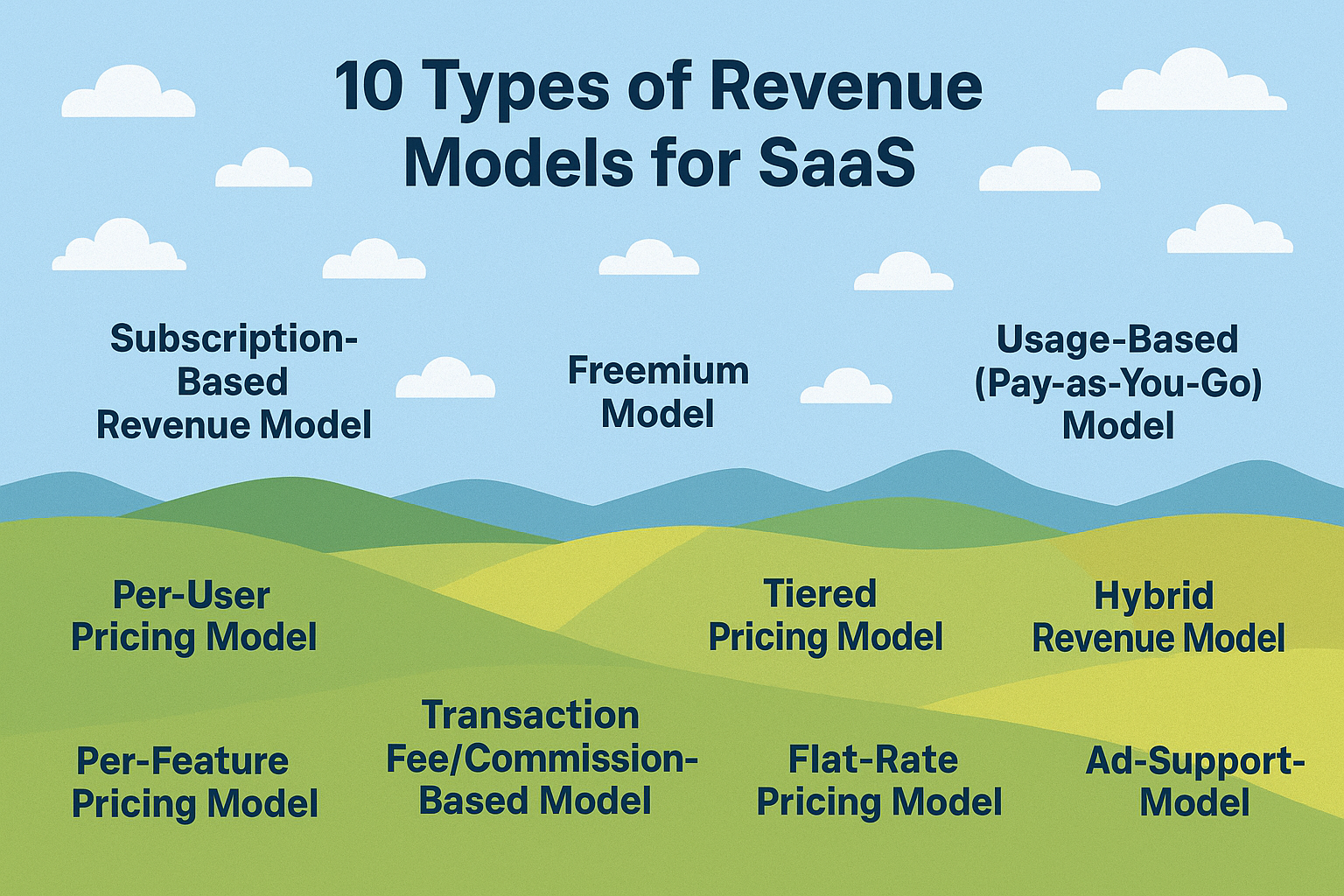
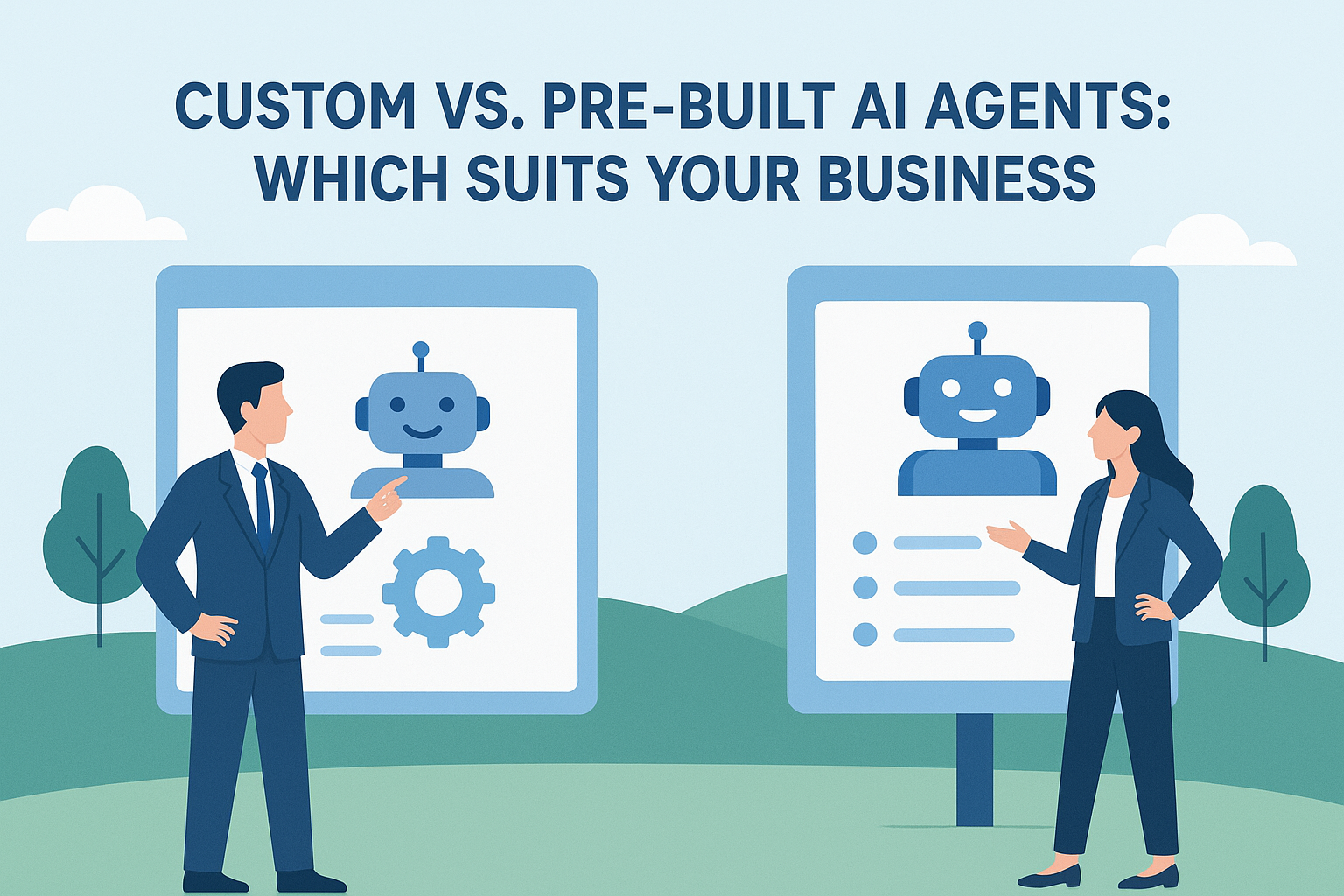
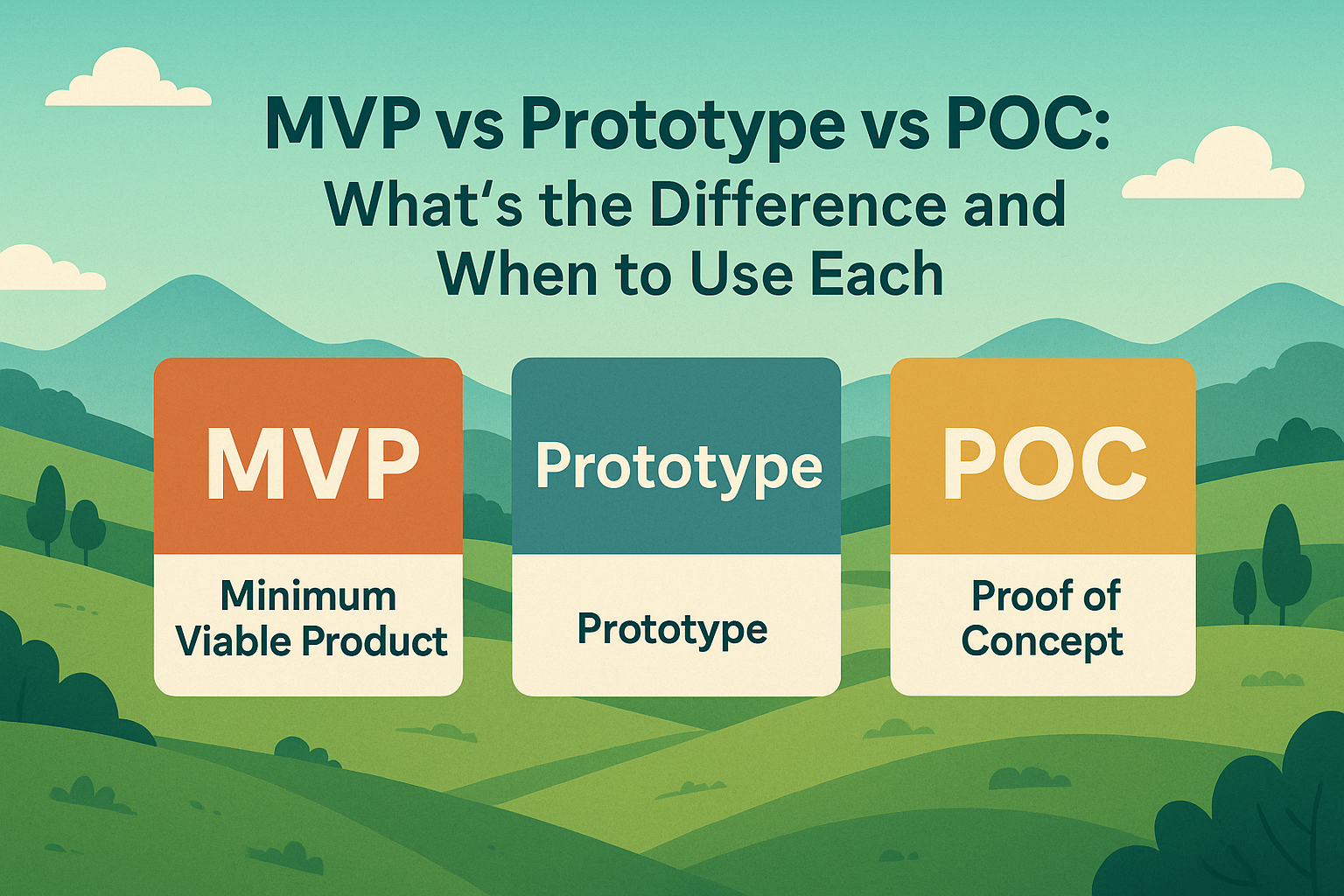
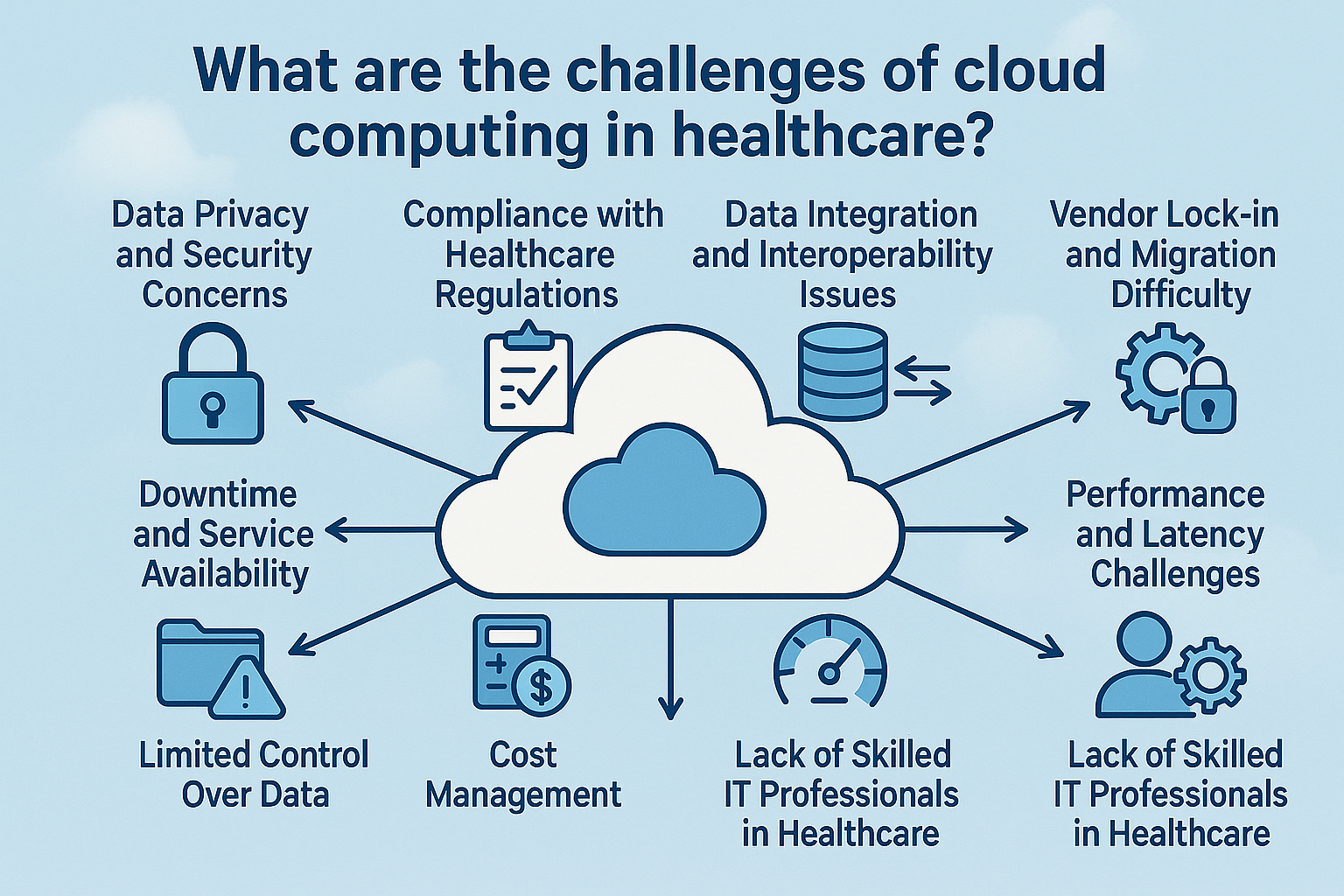
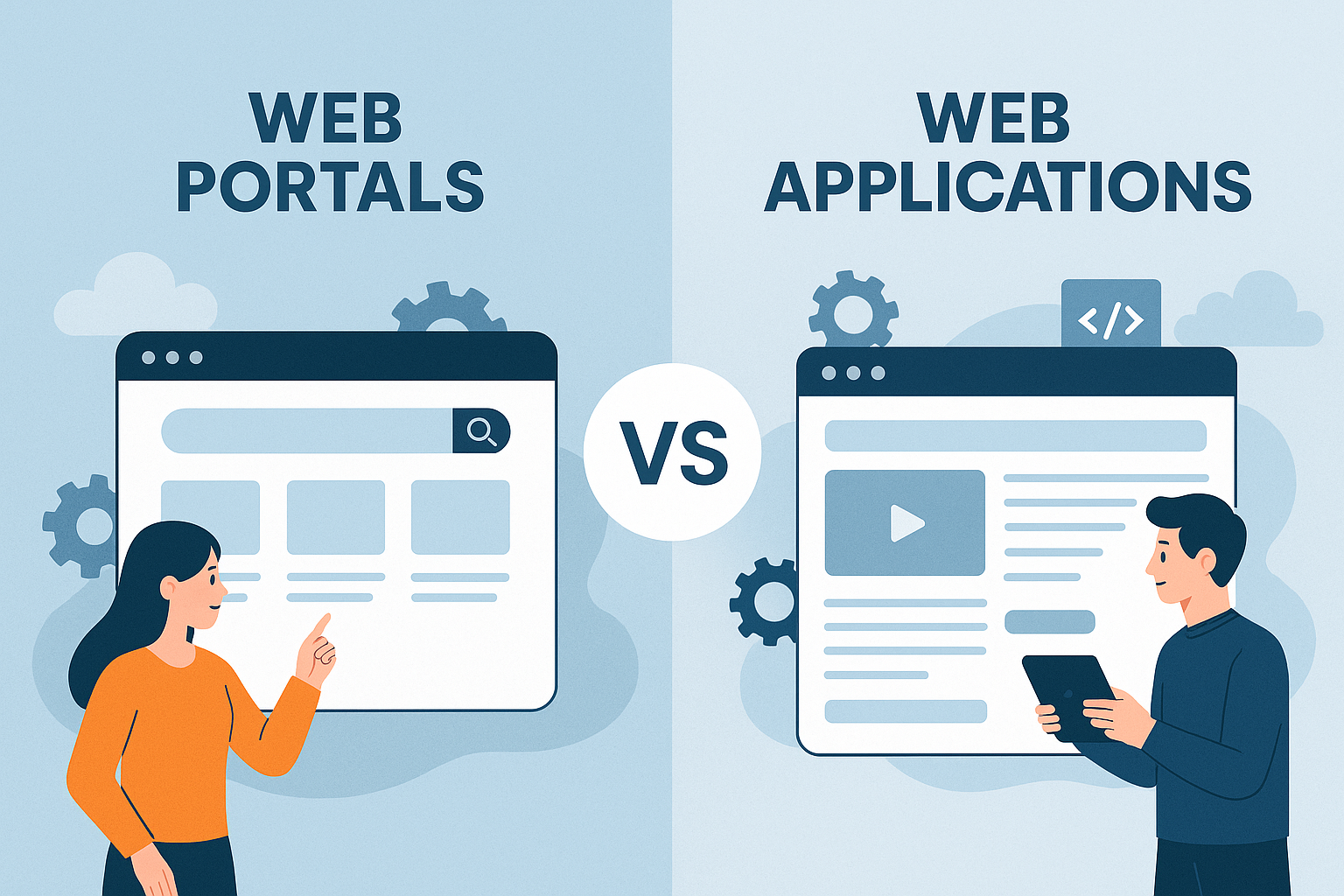

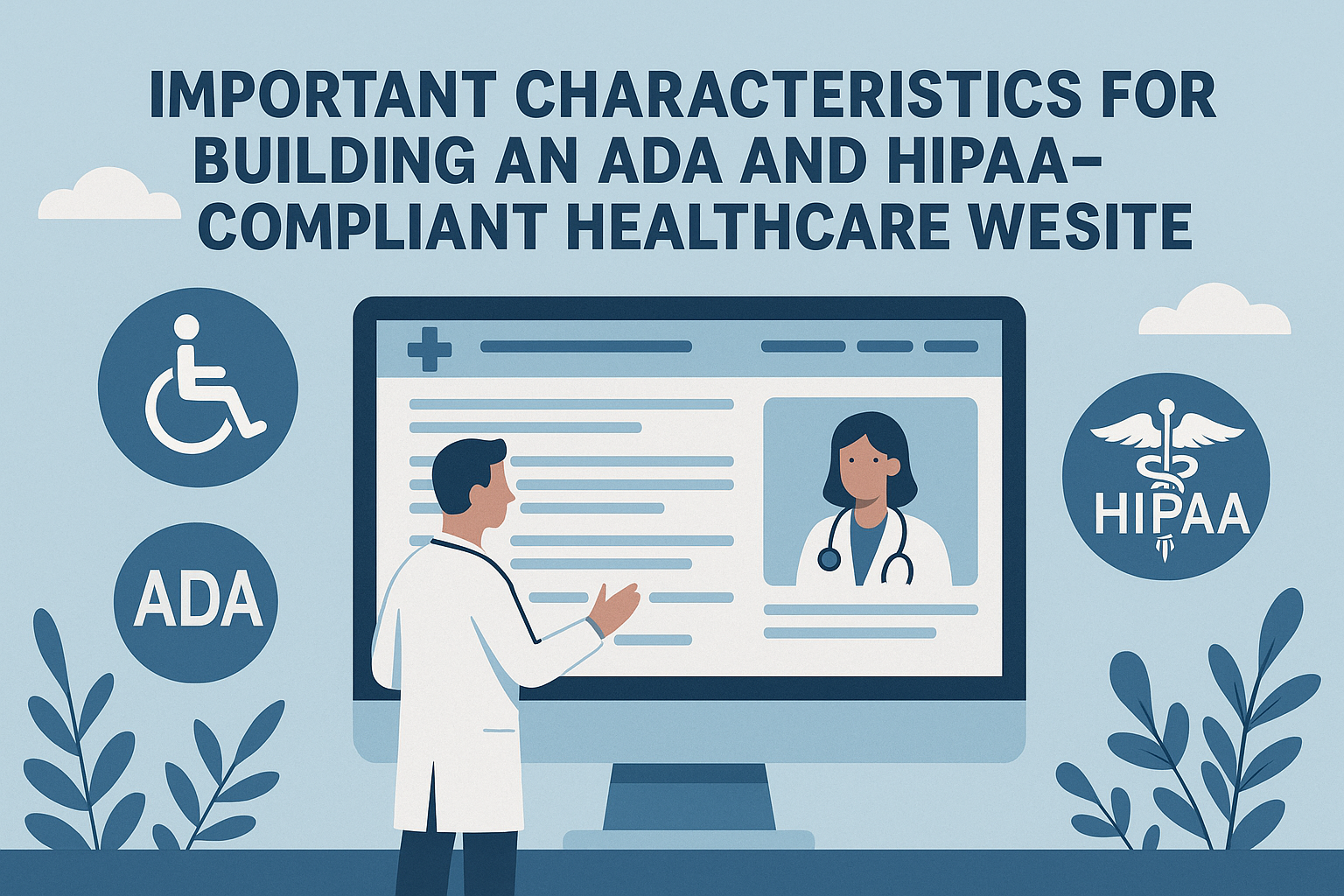

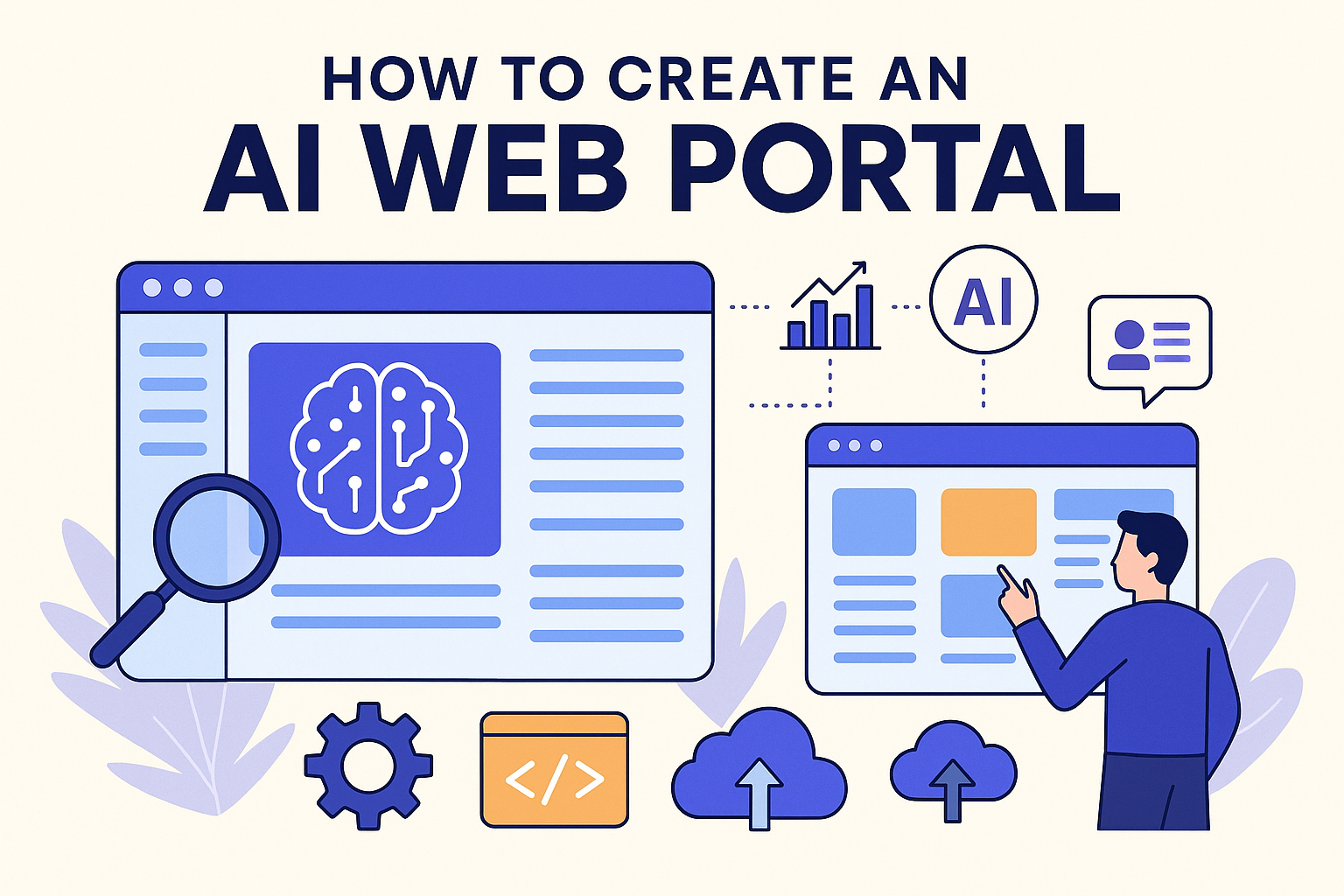
Write a comment ...